- Conservation
- Posted
Mellotts Joinery

One of the most characteristic and defining features of a property is its windows. As the conservation and restoration of those buildings dear to our national heritage continue apace, groups such as the Irish Georgian Society have taken due care not to overlook this important aspect. Overseeing projects such as Turlough House and Ashford Castle. Mellott’s Joinery, based in Mayo since 1857, has long been a specialist in this area. Construct Ireland grabbed Thomas Mellott for a quick chat about the company’s history and the techniques involved.
What projects have you currently on the books?
At the moment we’re restoring the windows and doors in Castlebar Court House and the Bank of Ireland, in Eyre Square in Galway. The last big project was Turlough house, for the National Museum in Castlebar. We reproduced the windows that were too poor to be refurbished and repaired the ones that were fit to be repaired.
Can you tell us a little about the techniques you employ?
First of all you go into a building and try and determine which of the windows are original. They often all aren’t. The architect will often have this done for you. If not, we can generally determine which are original with our knowledge of the type of section used in various parts of the country through the years. If you reproduce them you have to use the original specification. This often involves taking the window completely out of the building. If it’s in bad condition you need to remove it altogether. Then you remove any rotten or perished wood and replace it with new wood of the same section. This may involve having new tooling made. You often will have to do a lot of work to the bottom of the frames because they’re usually in the worst condition. Then we take the Sashes out, and do the same thing with them.
Do you try and use the same type of timber?
If at all possible we do. Some of the old timber would have been Pitch Pine and we still use this wood or cedar wood, where appropriate. With the sashes then it’s very often important to try and retain any of the old glass. If we need to replace it we try and do it with salvage glass. Also, our policy is to only use timber with the FSC trademark (Forestry Stewardship Council).
What’s the reason for that?
When you look at old sash windows there is a ripple effect, you can see ‘’flaws’’ in the glass. You know that some person made this by hand, possibly 200 years ago. It’s a great direct link to our past.
They give it character?
Yeah, you’re as well off trying to maintain what was there. With the wood too, if you have natural wear and tear of the timber, I wouldn’t go and change too much of that. As long as they’re not draughty or there’s too much damage. A little bit of wear is nice to see. I think not having it perfect is actually preferable in some cases. When the building is genuinely old it’s lovely to see things that have hap pened to it down through the years. I often find architects in the OPW think the same way, and I think a lot of people are beginning to think that way.You’ll often get lovely period doors in old houses too; we can make any mouldings to reproduce them exactly if we have to. I find that people are very well educated, compared to a few years ago. I don’t know who’d be responsible for that, it could be the Georgian Society, Duncan Stewart, the Dublin Civic Trust; they’ve all been great.
What’s the biggest project you’ve done?
Turlough house was the biggest and possibly the most satisfying. The OPW were absolutely brilliant. They were very definite that they wanted to retain all the authentic features in the building. We even got to the stage where there was an annex on the building with some little French windows. We had to go to France to get the original Ironmongery for them. They were delighted with that.
Permission to reprint Photographs given by OPW
Terry Sweeney Tel: 061 313500
Contact:
Thomas Mellott Joinery
Tel: 092 41053
Mob: 087 2848029
Related items
-
 EPDs key to reducing embodied carbon – Munster Joinery
EPDs key to reducing embodied carbon – Munster Joinery -
 Mannok named one of Ireland’s best managed companies
Mannok named one of Ireland’s best managed companies -
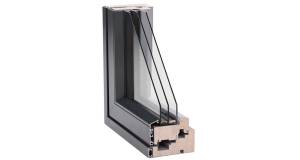 Aluclad windows offer numerous advantages: Prestige Aluclad
Aluclad windows offer numerous advantages: Prestige Aluclad -
 Window-opening unreliable for ventilation, study finds
Window-opening unreliable for ventilation, study finds -
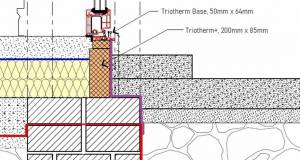 Prodomo offer certified thermal brackets for windows and doors
Prodomo offer certified thermal brackets for windows and doors -
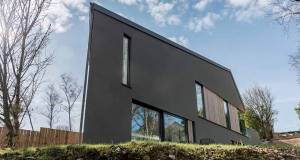 Prestige Aluclad: bespoke passive glazing can be competitive
Prestige Aluclad: bespoke passive glazing can be competitive -
 Munster Joinery publishes first Irish window EPD
Munster Joinery publishes first Irish window EPD -
 Prestige Aluclad supplying passive Viking windows nationwide
Prestige Aluclad supplying passive Viking windows nationwide -
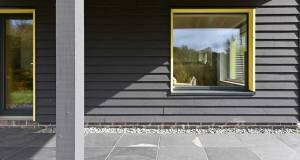 New profile Progression window gets passive certification
New profile Progression window gets passive certification -
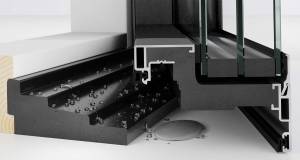 NOVUS Windows announce partnership with Idealcombi
NOVUS Windows announce partnership with Idealcombi -
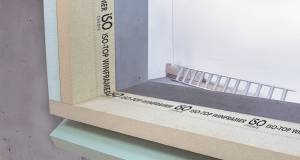 Iso Chemie Winframer gets BBA approval
Iso Chemie Winframer gets BBA approval -
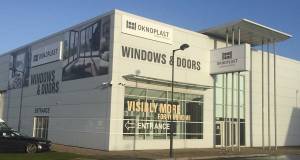 New Oknoplast showroom opens in Galway
New Oknoplast showroom opens in Galway

